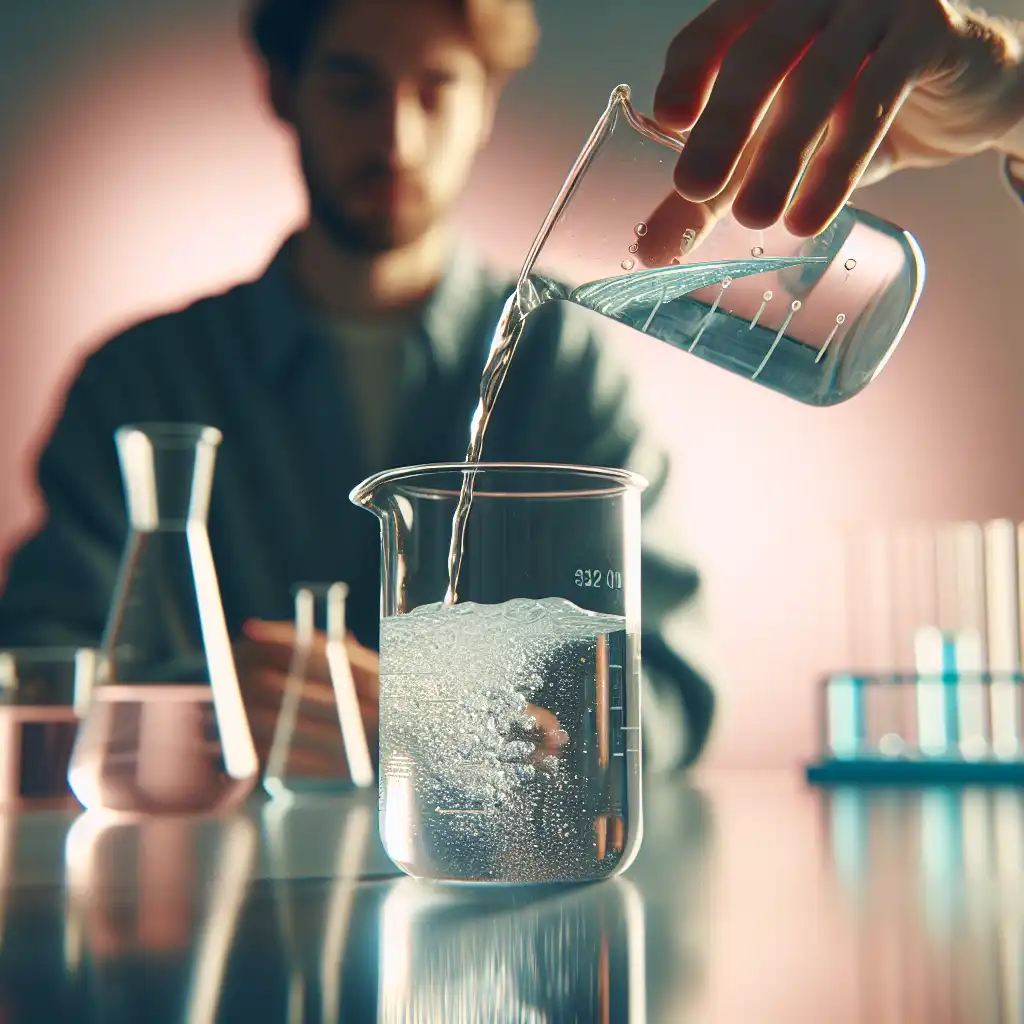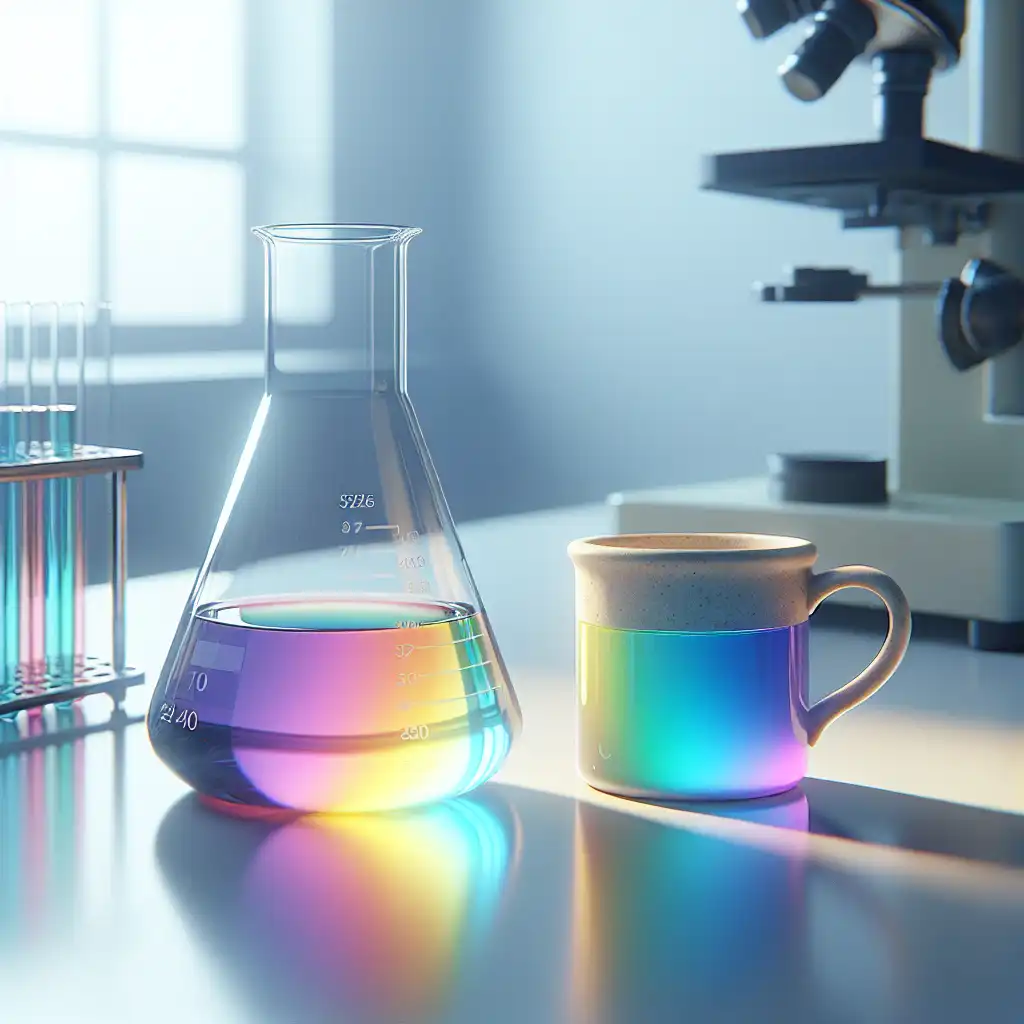
Beaker
Scientific Usage
Often found in laboratories, a beaker is used by scientists for mixing or measuring liquids.  Please pour 100ml of water into the beaker.
Please pour 100ml of water into the beaker.
Material Matters
Beakers can be made of glass or plastic, with glass being more common in experiments due to durability and heat resistance.  Use the glass beaker; it won't melt when heated.
Use the glass beaker; it won't melt when heated.
Not for Drinking
Unlike cups or mugs, beakers aren't typically used for drinking, especially in scientific contexts.  This isn't a coffee mug, it's a laboratory beaker for my experiment.
This isn't a coffee mug, it's a laboratory beaker for my experiment.